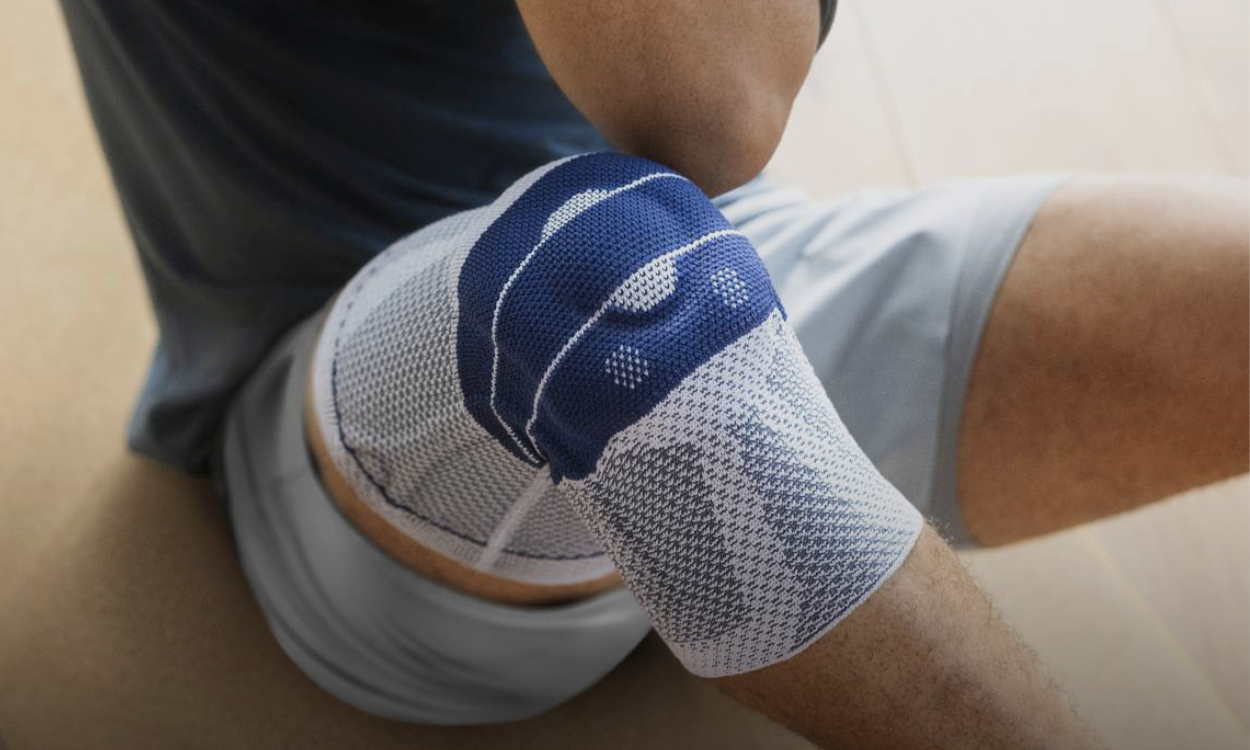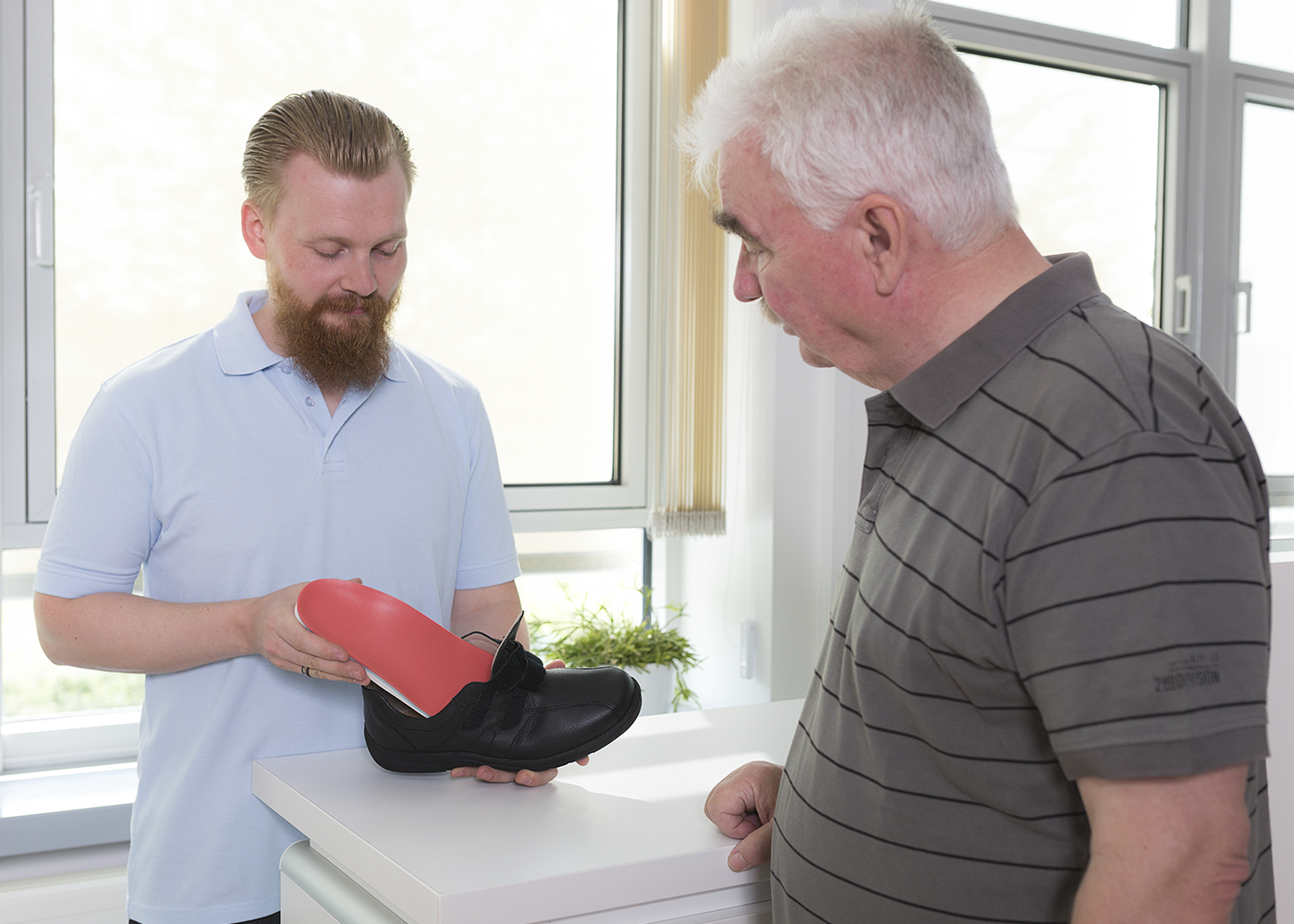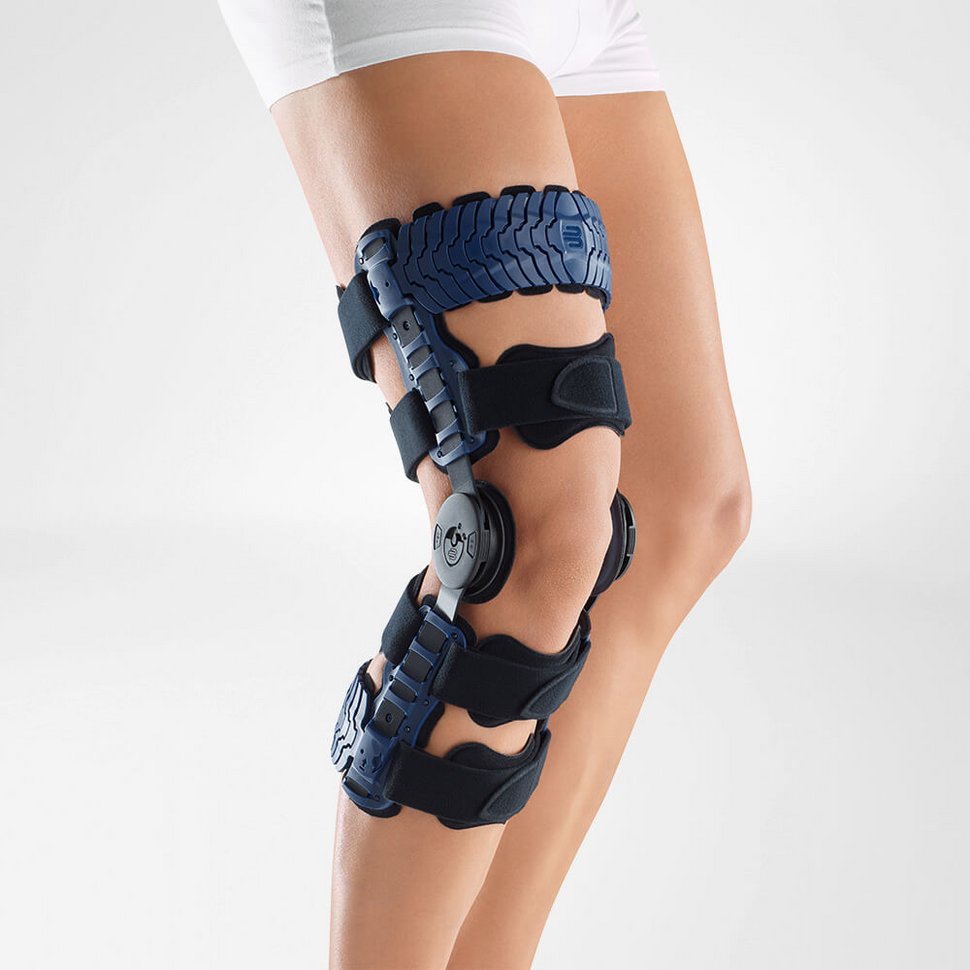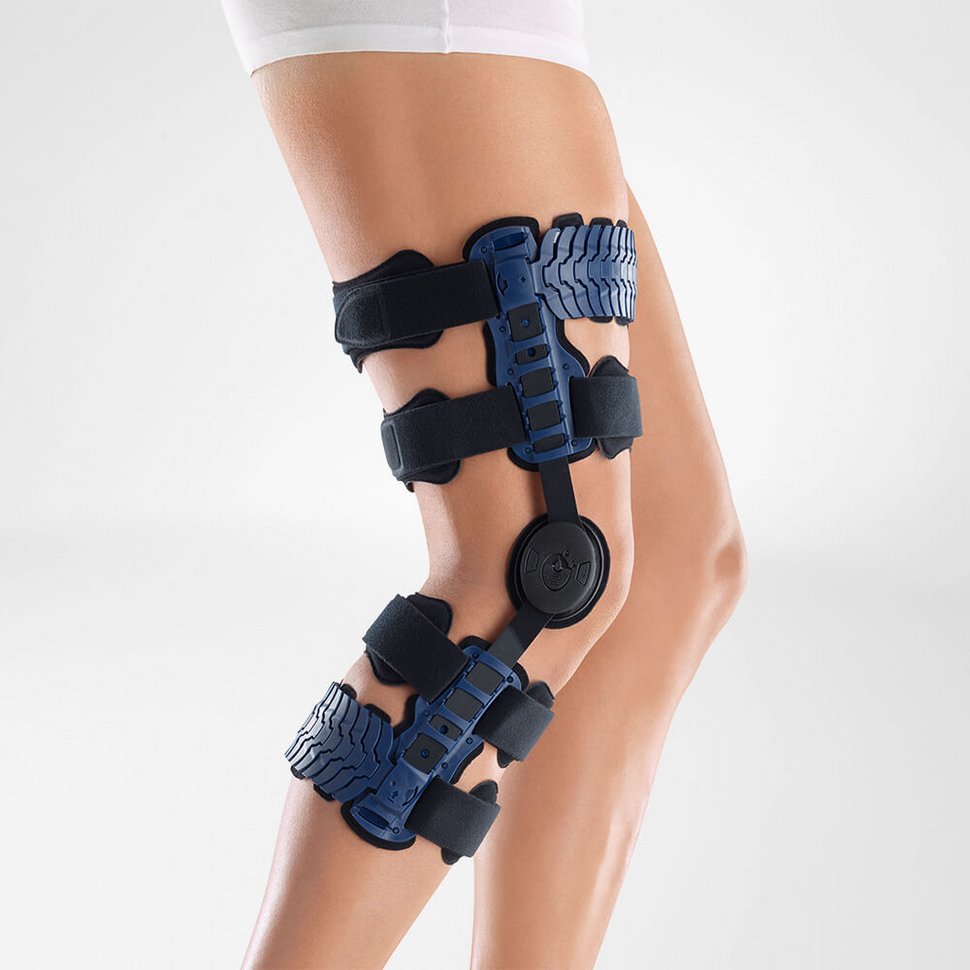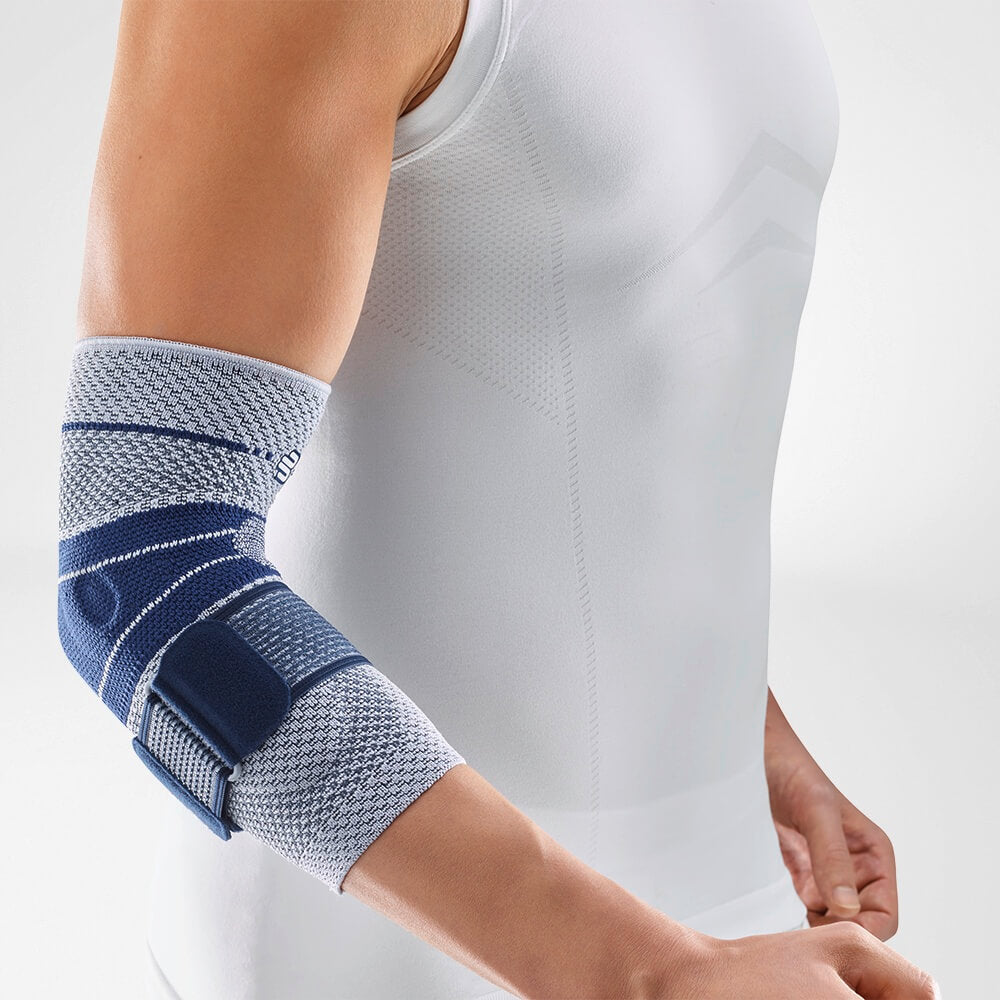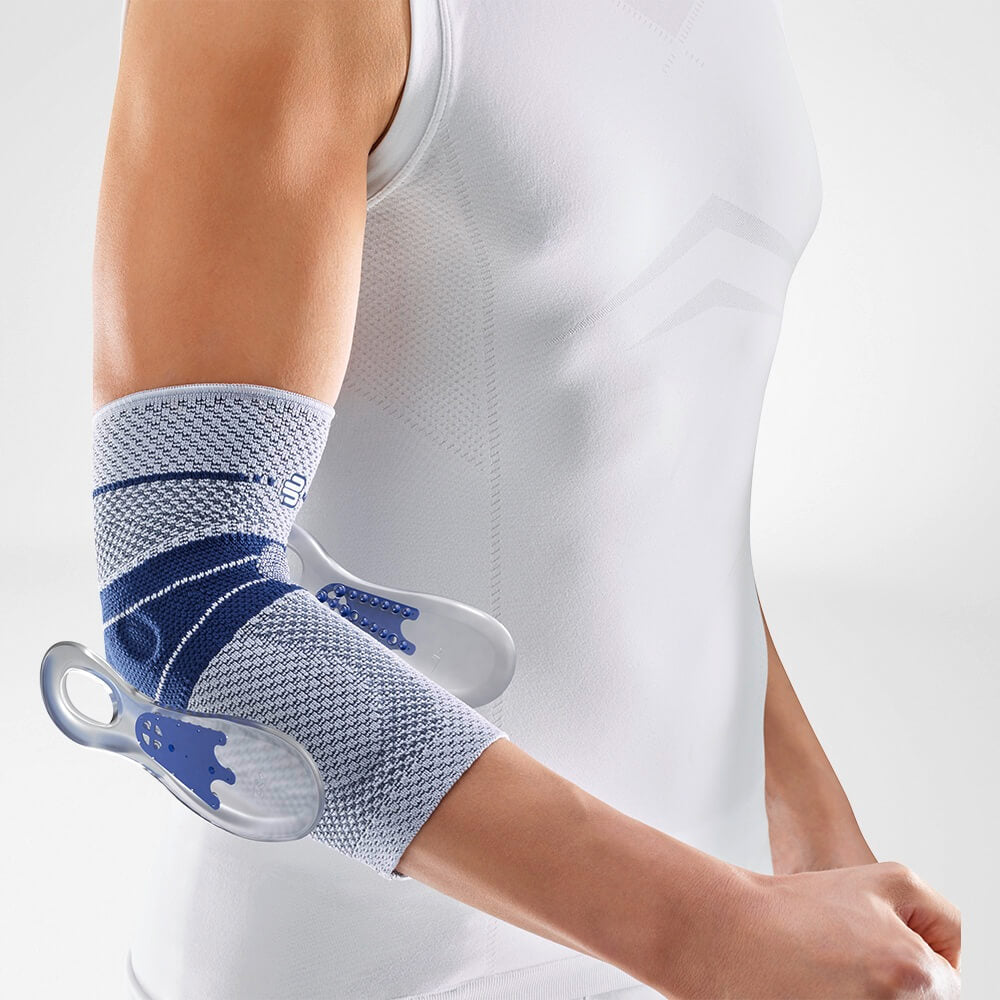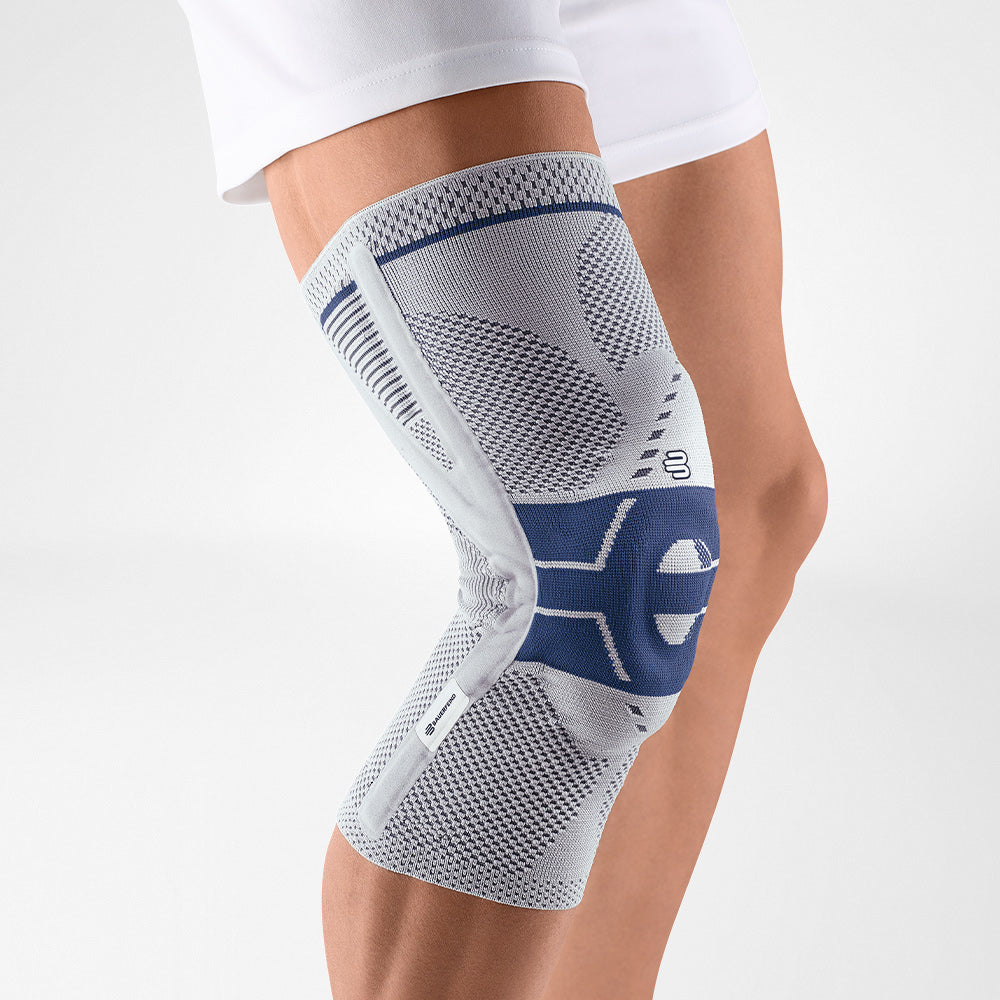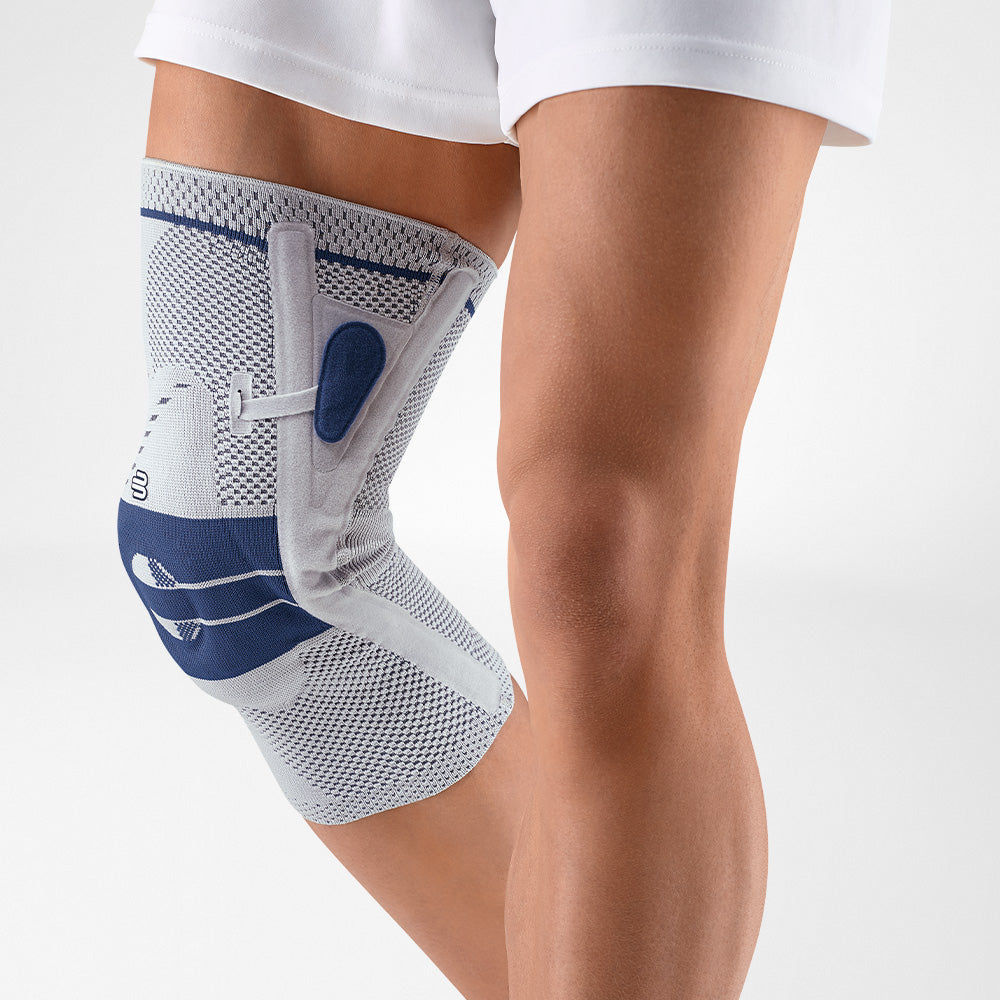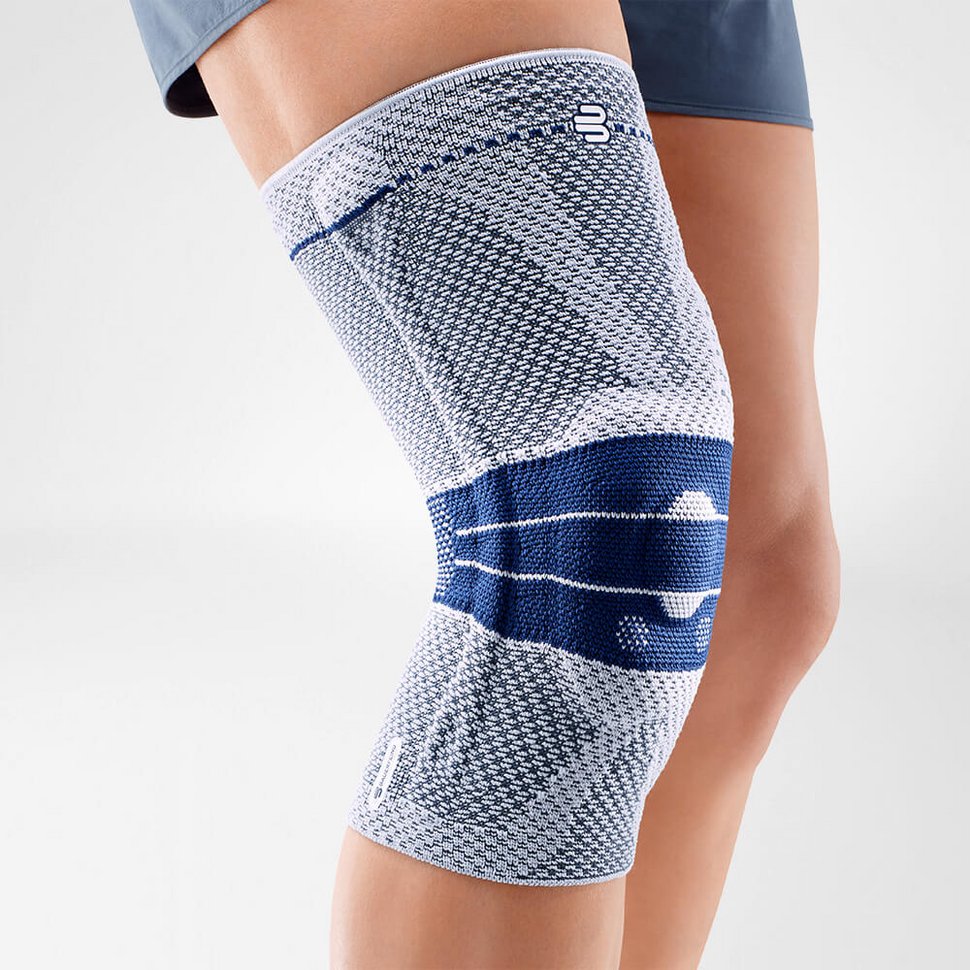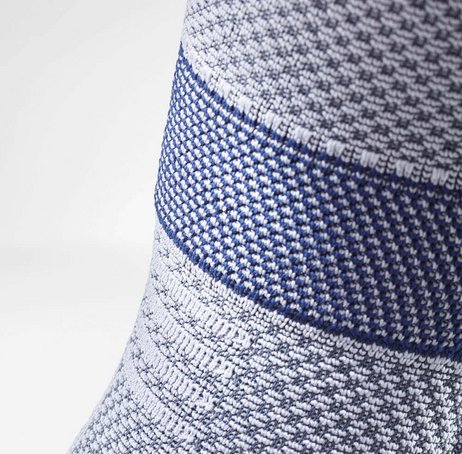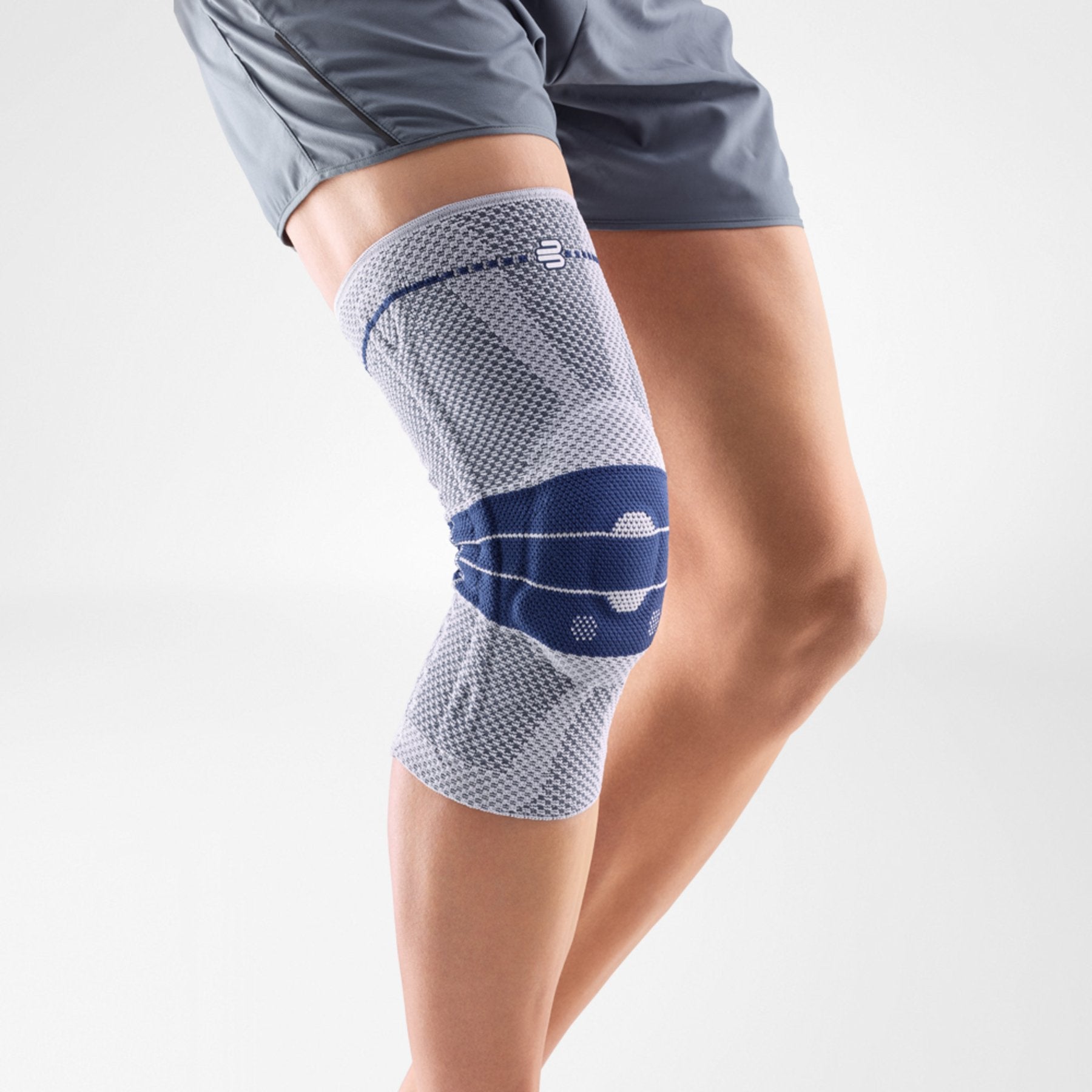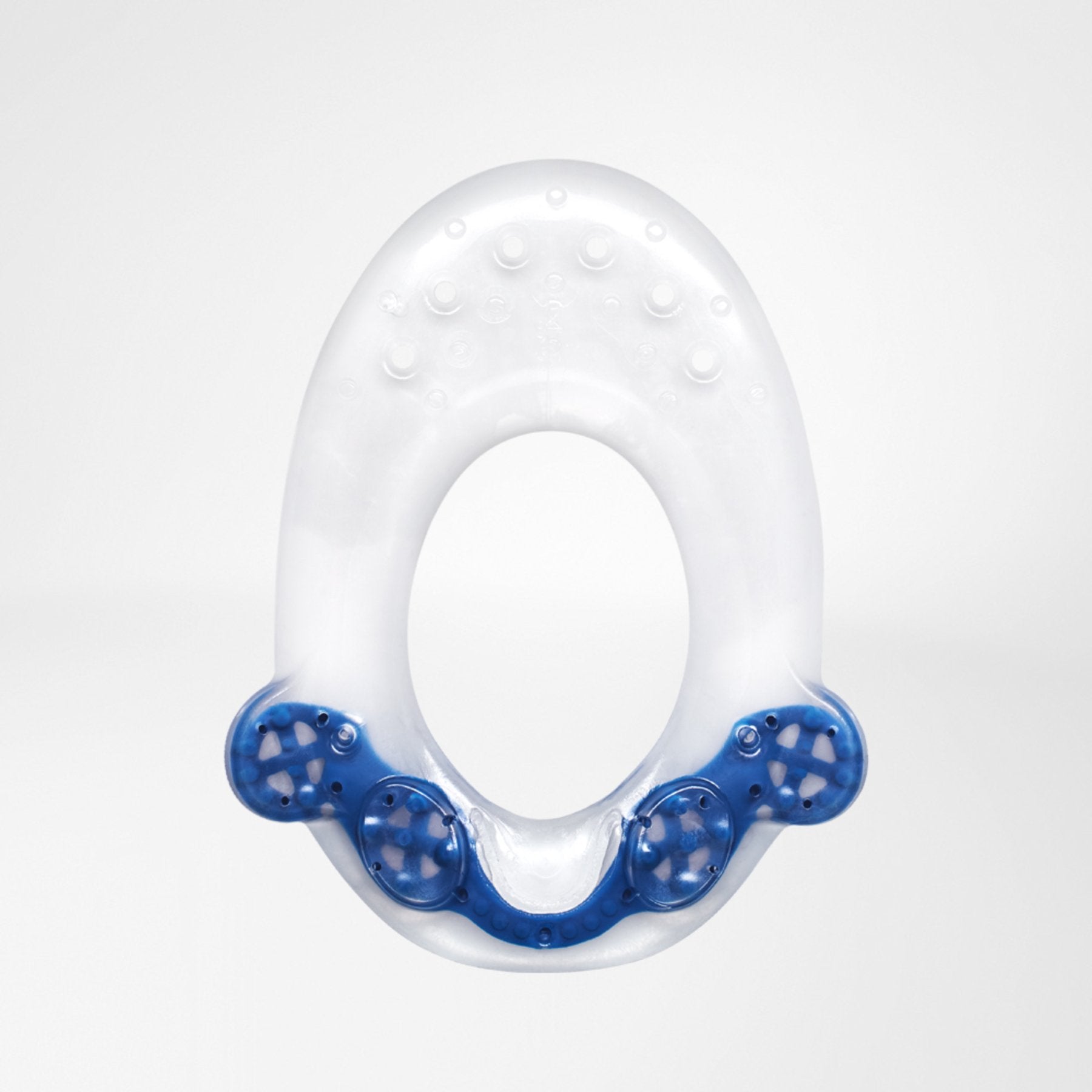DIABETIC FOOT: PAINFUL WOUNDS & ULCERS IN THE FEET AND TOES
Diabetes is a fairly common condition, characterized by an overall elevated level of blood sugar in the body.
There are significant risks of long term increased levels of blood sugar. One such complication is called the diabetic foot or diabetic foot syndrome (DFS).
Patients suffering from this secondary diabetes complication develop painful wounds and ulcers in the feet and toes. These wounds can potentially serve as entry points for a range of infections and pathogens.
In chronic cases, as the disease progresses there are real risks of gangrene. A patient’s mobility is severely restricted and is at risk of sepsis.
In the worst-case scenario amputation of the limb might become necessary. Immediate medical attention to avoid long term progression is highly recommended.

CAUSES OF DIABETIC FOOT
Long term diabetes often comes with complications that arise from the permanently disturbed metabolism. A range of factors often lead to the development of diabetic foot. Some of the most commonly known causes include:
- Narrowing of the blood vessels- Diabetic Angiopathy.
- Nerve damage due to elevated sugar levels- Diabetic Polyneuropathy.
- Circulatory disorders, PAD – Peripheral arterial disease. Hypertension and smoking can further exacerbate the risk of a PAD.
- Poor proprioception and poor quality footwear (too tight or abrasive).
- Reduced blood flow and metabolic diseases that lead to longer healing times.
- Being overweight or obese and a general lack of exercise.
- High blood pressure.
DIABETIC FOOT SYNDROME SYMPTOMS
Diabetic foot syndrome has a wide range of symptoms depending on the progression of the condition. Some of the most commonly known symptoms include:
- Itching and tingling sensation in the feet.
- Numbness and a loss of sensation in the foot. Patient’s describe this as “Fallen asleep feet”.
- Aching legs and painful wounds at the bottom of the feet. Patients tend to restrict their mobility significantly to avoid painful ulcers and can have a debilitating impact on the patient’s quality of life.
As the condition progresses, the symptoms get severe and can lead to serious complications with permanent consequences.
- Chronic wounds that can worsen into gangrene in the long term.
- Widespread infection caused by potential pathogens and bacteria entering the wounds.
- Infection of the surrounding tissue including the bony structure and, in some cases, blood poisoning.
- Massive deformations (Charcot foot).
- In advanced patients, amputation becomes the only course of action because of the widespread gangrene.
PAIN AND CARE FOR DIABETIC FOOT
Since people with diabetes have a lifelong risk of developing diabetic foot, the correct treatment of the disease is crucial. Every person affected should complete courses in diabetic training that provide the necessary basic knowledge.
A good guideline to follow for regular care and monitoring of the feet include:
- Check the feet daily for visible changes (increased cornea formation, cracks under or between the toes, redness) or small wounds.
- Regular use of a pH-neutral, moisturizing soap in foot care.
- Short foot baths (approx. three minutes) to avoid softening the skin, preferable using lukewarm water (check with bath thermometer).
- Carefully drying your feet with a soft towel, especially between your toes.
- Regular removal of calluses or corns from trained podiatrists - many health insurance companies reimburse the costs for medical pedicure.
- Careful foot hygiene with daily change of stockings.
- File back the toenails instead of cutting them, rounding off the corners of the nails to prevent in growth.
- Daily creaming of the feet with high-fat, unscented skin creams to prevent drying out and cracking (products suitable for diabetics are often marked accordingly).
- Avoid walking barefoot to prevent injury.
-
Skin injuries, even minor ones should be shown to a doctor immediately. Avoid self-treatment at all costs.

TREATMENT OF DIABETIC FOOT
-
REGULAR EXERCISE
Frequent short walks or leg and foot exercises helps boost blood circulation in the legs and facilitate healing. This reduces the likelihood of small wounds and also accelerates the healing of existing wounds.
-
LIFESTYLE CHANGES
Reducing weight and obesity and avoiding bad habits like drinking and smoking can have a huge impact on the prognosis of diabetic foot syndrome. It is highly advised that patients look to suitable footwear that do not squeeze, rub or constrict the feet.
-
CUSTOM ORTHOPEDIC FOOTWEAR
Shoes designed specifically for diabetic patients called diabetic bespoke shoes alongside soft insole pads can greatly reduce the likelihood of injury and subsequent risk of infection.
-
REGULAR INSULIN INTAKE
Controlling the root cause of the foot syndrome, i.e. the progression of diabetes is a crucial aspect of treating diabetic foot. Preventing the progression into chronic diabetes with a prolonged duration of elevated blood sugar levels can help reduce the risks of damage and injury to the soft tissues.
-
SOFT-PAD INSOLES
High-quality soft cushion insoles, such as the ErgoPad soft diabetes, distributes the pressure evenly over the tread so that there is no increased stress on individual foot areas. Places under the protrusions such as the heel bone or the base joint of the big toe are particularly at risk.
The ErgoPad soft diabetes cushion insert is made of a multi-layer soft cushion that absorbs and distributes pressure as soon as it occurs. It also relieves the sensitive region in the rear foot with an additional heel pad, which protects the soft tissue and skin zone under the heel bone when walking.

It is particularly suitable for patients for whom an individual orthopedic adjustment of the insert is not available and also provides effective relief in the case of foot deformities (articulated, flat or spreading feet).
The breathable and skin-friendly material makes it perfect for everyday use. Patients have reported significant improvement in quality of life and relief from symptoms with regular use of the ErgoPad Soft insole.

Additionally, we recommend wearing the ViscoPed Foot Orthosis. This shoe insole is able to fit in most shoes without modification,
The ViscoPed has long soles, meaning they cushion the entire sole of the foot. The forefront and heel also have pressure relief zones which redistribute typical pressure peaks across the wider surface of the foot for relief.
The viscoelastic material is shock-absorbing, allowing your knee, hip and spine joints to be protected.

